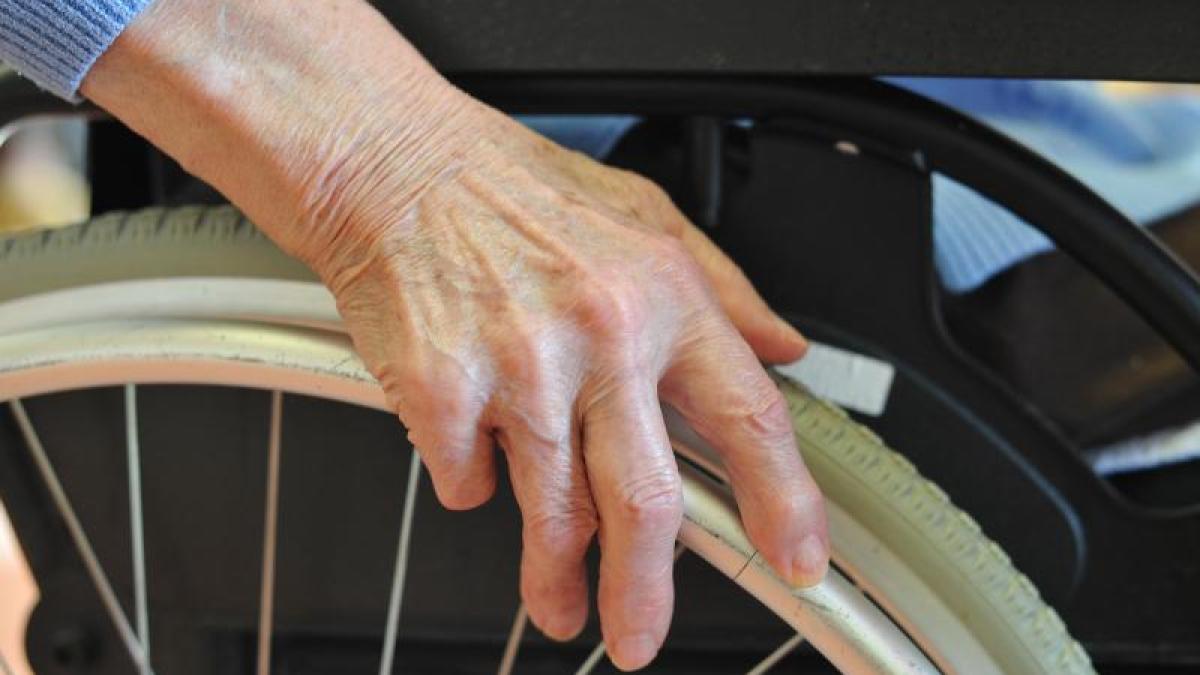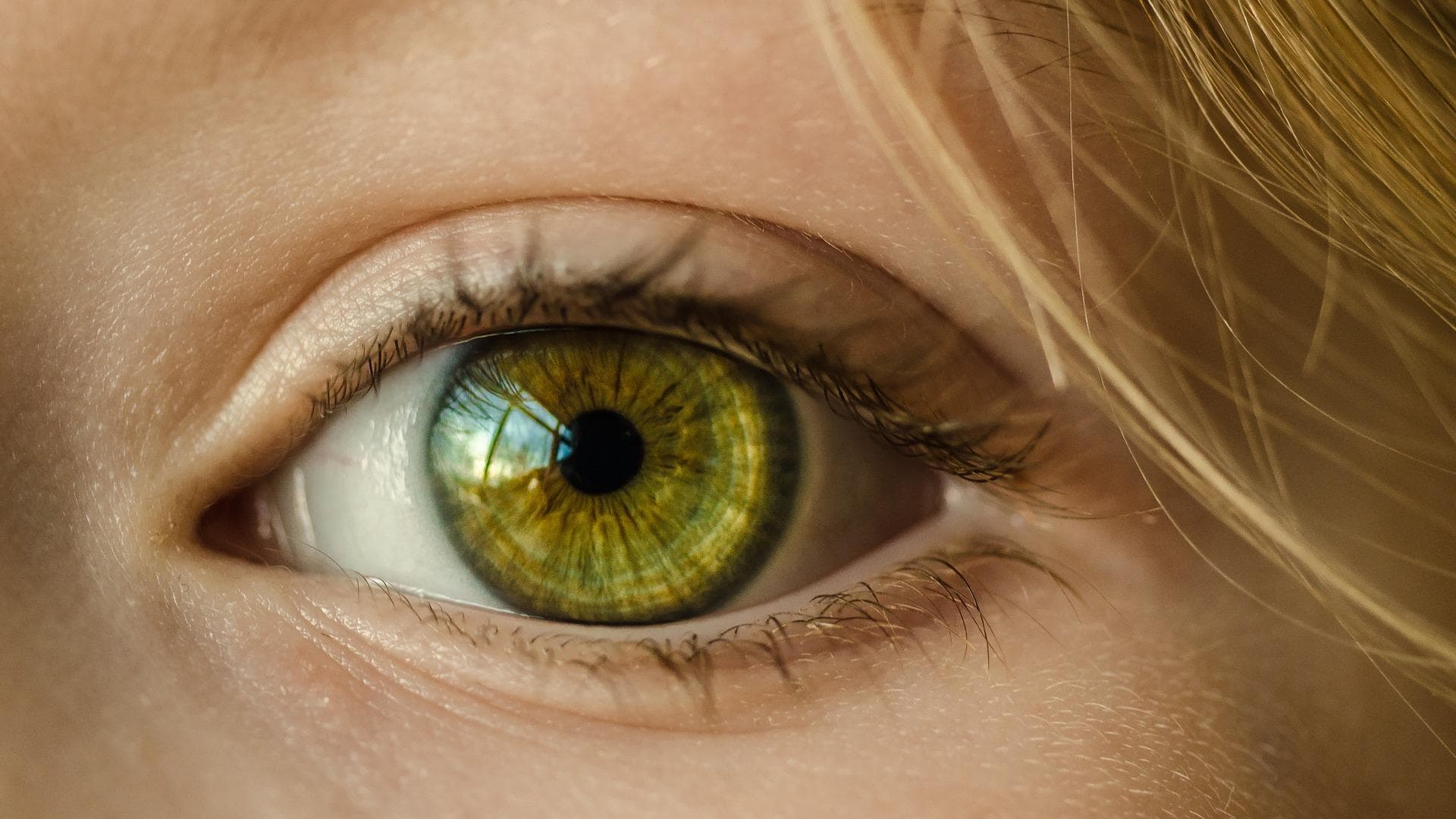
Viruses: track long after infection
Not all viruses that infect humans actually make us sick. However, there are important diseases caused by pathogens. Until now it was assumed that some viruses remain permanently in infected cells of the body. But this is not the case, researchers from Switzerland now say.
Viruses do not always kill infected body cells. In experiments with mice, researchers at the University of Basel found that cells have self-healing abilities to get rid of viruses. But they tolerate long-term changes. The findings may provide an indication of why cured hepatitis C patients may develop liver cancer for years to come.
Not all viruses kill infected cells
like in one Message As we explained to the University of Basel, viruses need the infrastructure of the body’s cells in order to reproduce. In the case of many types of viruses, this ultimately means the end of the infected cell when its membrane degrades and the newly built viruses rush to attack the new cells.
However, there are also viruses that do not kill infected cells – most likely with the goal of keeping the infection going as long as possible. These include, for example, hepatitis B and C viruses, which cause chronic infections in humans.
Until now it was generally assumed that such viruses would remain permanently in infected cells of the body. A research team led by Professor Dr. Daniel Benschwer of the University of Basel now writes in the specialist journal “Journal of Experimental Medicine“This is not the case.
In their experiments, the scientists used a virus in mice called lymphocytic choriomeningitis virus (LCMV), which — similar to the hepatitis C pathway — causes chronic infections in mice and also affects the liver.
Persistent infection of new cells
Using this animal model, the researchers were able to demonstrate that the virus disappears from infected liver cells after a certain period of time. How exactly this happens is still not clear. However, the scientists were able to rule out that the cells need the support of immune cells for this.
Dr. explains. Peter Reuther, one of the first authors of this study. Chronic infection with pathogens is based on the constant infection of new cells.
Despite the amazing abilities of cells for self-healing, infection does not leave them without a trace. Further analyzes showed that the genetic profile of the healed cells remained variable: the same genes were no longer read in the same amount as in cells that did not undergo infection.
According to experts, genes related to cell division and cell metabolism were particularly affected by the change. How long these changes will last, however, remains unclear.
Increased risk of cancer in people who have been cured
“We see strong similarities with other studies of hepatitis C patients. Previously infected liver cells show changes in their genetic makeup that affect genetic programs,” says Dr. Catherine Martin, also first author of the work.
This strongly suggests that the knowledge now gained in mice can be transferred to humans, at least at important points. “One could speculate that these long-term changes are one reason why cured HCV patients are more likely to develop liver cancer.”
In further studies, the researchers want to examine whether such changes in gene programs after a temporary viral infection also affect cells in other organs. They also want to explain the mechanism by which the body’s cells can get rid of viruses.
“From a medical point of view, there are now two questions,” Benschwer says. How can you prevent these viruses from multiplying from one cell to another in the event of a chronic infection and thus affecting a large number of cells? Can changes in genetic profile be reversed and the resulting damage prevented? “
The question of long-term changes after infection with the virus also affects other indicators, such as asthma and the Covid-19 virus. (ad)
Author and source information
This text complies with the requirements of the specialized medical literature, clinical guidelines and current studies and has been examined by medical professionals.
Resources:
- University of Basel: Viruses leave their traces long after infection, (Accessed: 08/24/2021), University of Basel
- Peter Reuther, Katrin Martin, Mario Kreutzfeldt, Matias Ciancaglini, Florian Geier, Diego Calabrese, Doron Merkler & Daniel D. Pinschewer: persistent short-lived RNA virus infection at the single-cell level but leaves transcriptional traces; In: Journal of Experimental Medicine (veröffentlicht: 16.08.2021), Journal of Experimental Medicine
important note:
This article is for general guidance only and is not intended to be used for self-diagnosis or self-treatment. It cannot replace a visit to the doctor.







